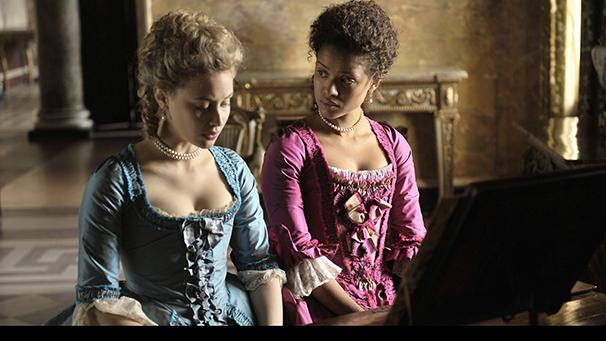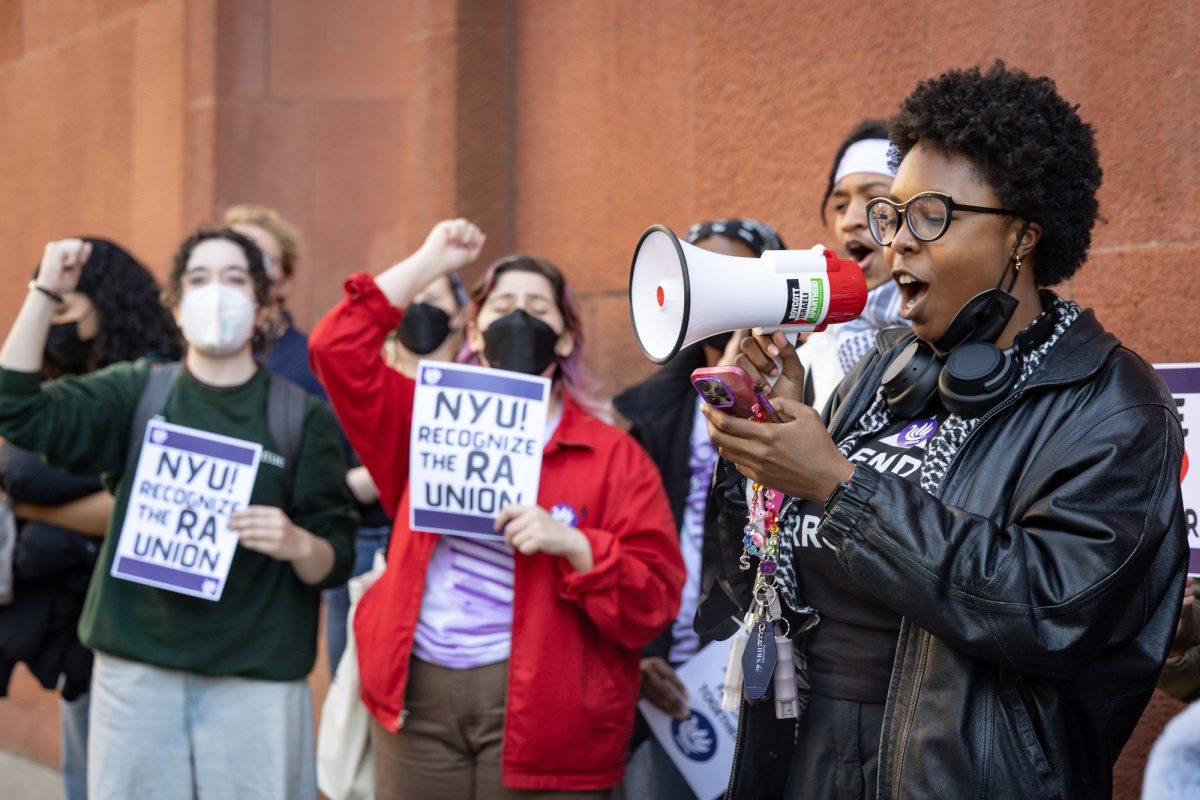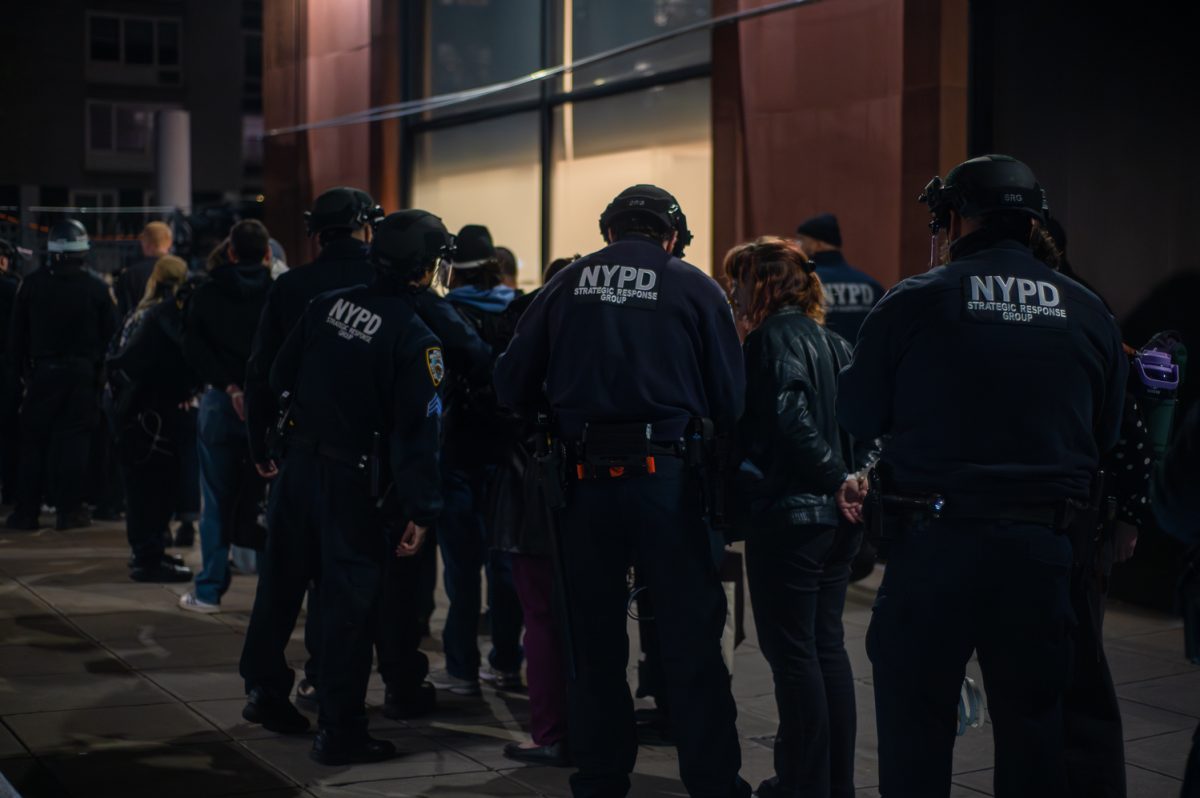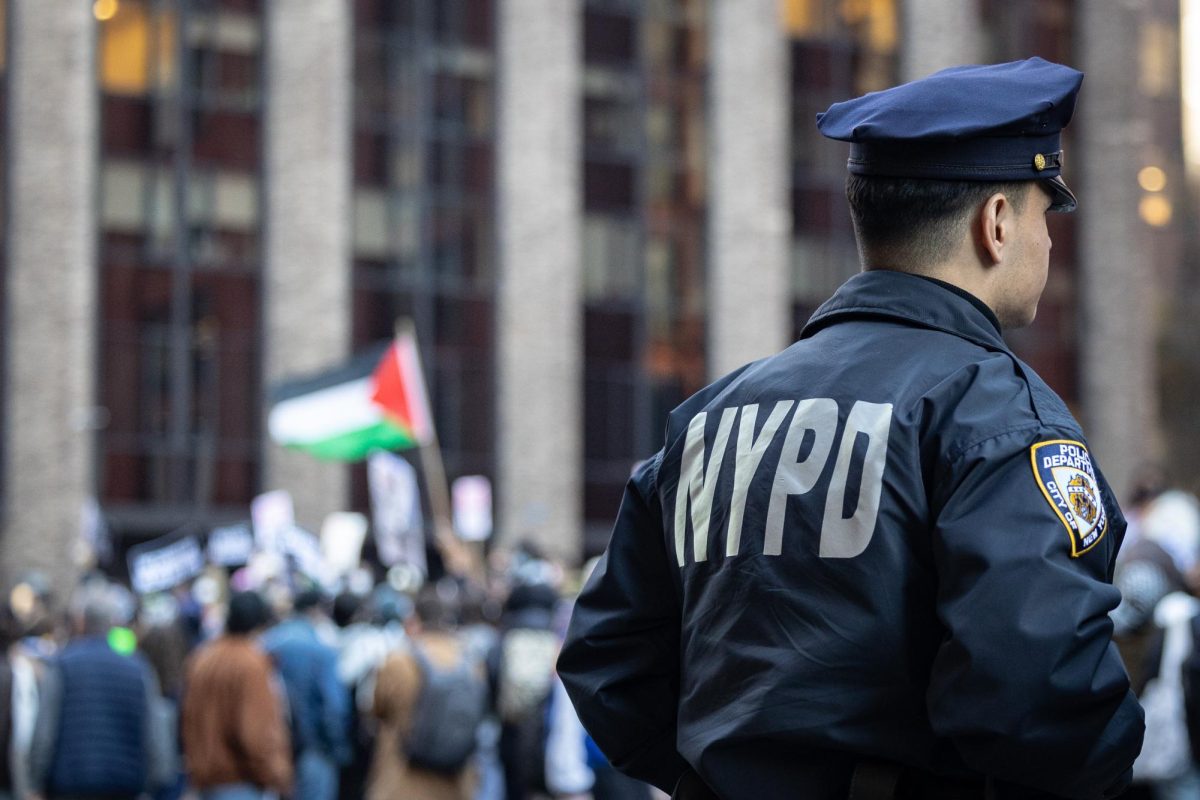
“Belle” is a remarkable story smothered under layers of costume drama dress-up. The film tells the story of Dido Elizabeth Belle, the black, illegitimate daughter of a Navy officer, who was raised by her aristocratic extended family as a free woman in 18th-century England, before the abolition of slavery.
Dido is a fascinating figure, but the film buries this among layers of shopworn Jane Austen-isms. Director Amma Asante has applied all sorts of visual niceties to the film’s surface, but the lovingly fashioned period detail embalms a story that is unable to see past all the petticoats and paintings.
It does not help that the script, from screen and television writer Misan Sagay (“The Secret Laughter of Women”), is formulaic to the point of being reductive. Despite the promise of such an original character, “Belle” blooms into yet another movie in which forbidden love reshapes the social problems opposing it. This development is magnified by the white male lead, a lawyer fighting an anti-slavery case who is bland enough to pass as a “Les Misérables” extra.
Why, in a movie that aims to explore the fragile boundaries between race, power and privilege, is the main plot so broad and fuzzy? Topics like Dido herself, her immediate family and a world that has to reconcile her existence with its social codes would all make for a more compelling drama, but they are only present in brief flashes. Why are they being shunted aside for a love as affecting as cardboard?
The film’s lead actress, Gugu Mbatha-Raw, shows audiences the potential that “Belle” could have achieved. Her Dido is a rich, complex young woman, her eyes hinting at feelings her poise cannot bear to reveal.
Although she is raised in a white family, Dido is prevented from full participation in the society of her family. She teeters on a string between identities, and Mbatha-Raw vibrates with the slightest pluck. She is a modern woman in an earlier time trying to find footing within her existence. Yet, the movie is too eager to pull back from this presence.
And Mbatha-Raw is not the only talent sidelined by the plot. Tom Wilkinson and Emily Watson are similarly compelling, having to reconcile Dido’s race with their natural parental feelings. Unfortunately, the film does not care to dig deeper.
The script is all longing looks and hushed meetings, with dialogue that does not even bother with subtext. All of this is not inherently wrong, but it surely is maddeningly ordinary. Dido is a remarkable woman, but “Belle” does not know what to do with her.
A version of this article appeared in the Thursday, May 1 print edition. J.R. Hammerer is a staff writer. Email him at [email protected].












































































































































Nicholas Ennos • Jan 1, 2015 at 5:37 pm
Dear Mr Fox
If you read my book you will find many proofs that Eliza de Feuillide was the true author. One certain proof concerns the novel Northanger Abbey. The Austen scholar Gaye King states that Northanger Abbey in the novel is based in close detail on the layout of the real Stoneleigh Abbey. The book Northanger Abbey was sent for publication in 1803. A letter of Jane Austen’s mother written in 1806 when she and Jane Austen visited Stoneleigh Abbey confirms they had no idea…
John Francis Fox • May 5, 2014 at 1:12 pm
To Nicholas Ennos: Can you briefly explain what proves your statement that Eliza de Feullide was the real author of Jane Austen’s novels?
Nicholas Ennos • May 2, 2014 at 10:59 am
There is an interesting connection between Belle and Jane Austen. Belle’s great uncle Lord Mansfield had been a very good poet in his youth. His friend, the poet and dramatist Lady Sophia Burrell, praised him as a great poet in one of her poems and dedicated her volume of poetry to him. Lady Sophia Burrell also wrote another poem to her friend Eliza de Feuillide in which she praised Eliza de Feuillide as a great novelist. Eliza de Feuillide was the cousin and sister in law of Jane Austen and the real author of Jane Austen’s novels. For further details see my book “Jane Austen – a New Revelation”.